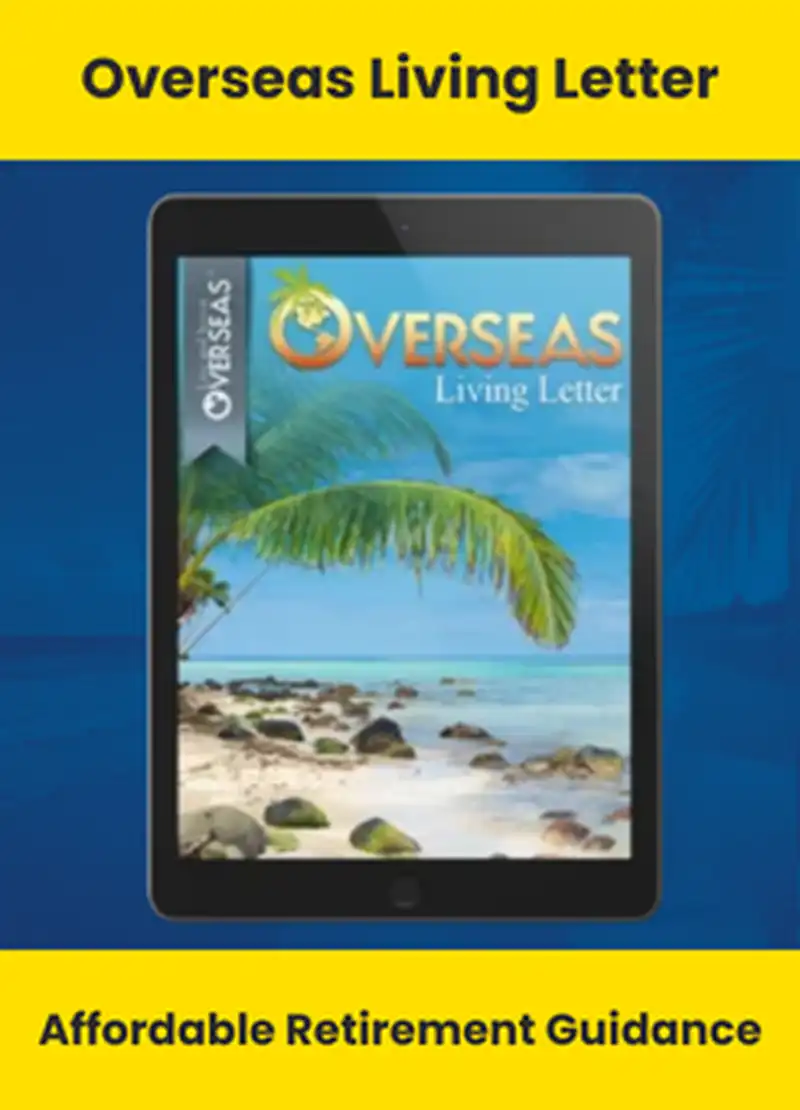What’s the most important factor when considering a potential rental property purchase overseas?
The pleasure potential for you and your family. You should always buy what and where you want.
You want to balance that objective, though, against what matters most for rentals in your chosen market. This is key to maximizing cash flow.Property type and size are universally important rental factors. In most markets, a one- or two-bedroom property is more rentable than a three- or four-bedroom place.
The incrementally higher rental rates you should be able to charge for a three-bedroom usually don’t compensate for the higher cost of purchasing the larger apartment. While a super-high-end property might suit your personal preferences, a higher-end (read: more expensive) property probably means a lower rental return. To keep your occupancy up, you’ll likely have to compete on price with the general (not high-end) market.Here are three critical questions to answer when considering any potential purchase of a second-home-cum-vacation rental overseas:
1. How To Buy A Rental Property: Where in your target location do people most want to stay?
In Paris, for example, perhaps the world’s most recession-proof rental market, the traditionally best arrondissements for rental are the 5th and 6th. These are also among the priciest arrondissements. More affordable and also good for rental are the 4th and the 9th arrondissements, meaning an investment in these areas could generate better cash flow.
Take a similar approach when shopping for a rental in any city. Rather than focusing on the heart of the most rentable district, look around the fringes of the main tourist area and work your numbers to determine if the lower acquisition costs could result in a better cash flow, even with slightly lower expectations for rental price and occupancy.
When shopping for a rental in a beach location, the closer to the beach the better for occupancy. However, again, prices will be higher right at the beach so something slightly back with an ocean view might be a better buy.
2. What size rentals are in demand in your target market?
Again, generally speaking, one- and two-bedroom apartments are the rental sweet spot. However, a market can be overrun with rentals of this size, creating opportunities for either smaller (studios, for example) or bigger (three-bedroom) places.
In Medellín, investors are buying two- and three-bedroom apartments, even if that’s more apartment than they need, because the prices are so low it’s hard not to be tempted to buy bigger, and, right now, rental returns for these apartments are high. That said, a one-bedroom apartment in this city could generate the same or better cash flow.
Again, it’s a matter of balancing your investment agenda with personal circumstances and preferences.
3. Is there a high season and what’s the opportunity for occupancy beyond that time?
Also, when considering the rental season, remember your plan (if you have one) for personal use. Would you want to be occupying the place yourself during the season when much of your rental return otherwise might be earned?Punta del Este, Uruguay, is a good case study in this context. The high season in this coastal resort town is mid-December through February. Over this 10-week window, you can charge outrageous rental rates. In fact, it’s not uncommon to earn as much as 80% or 90% of the annual rental income during this peak-season period alone. The rest of the year, the going rental rates are a fraction of the short-term rents you can ask in January and February.
That’s okay, as you can earn enough during this period to make the investment worthwhile overall. Unless, of course, that’s the time of year you’d want to use the place yourself. In that case, your intended rental investment could default into a holiday home for the family, period.
Lief and I have owned rental properties in more than a half-dozen countries. All of them were rented short term at one point. Some were also long-term rentals, which we’ll discuss in a moment.
The key to success with a rental of any kind but especially with a short-term rental is the rental manager. Unfortunately, Airbnb, Vacation Rentals by Owner (VRBO), Booking.com, and other online marketing outlets for short-term rentals have convinced many people that they can manage their rentals themselves. That’s true, in theory, and I know many people who do manage their own rental properties.However, if you decide to handle the management role yourself, your rental property is no longer an investment. It’s a job.
You should calculate some value for your time spent marketing, checking in guests, overseeing cleaning, maintenance, and repairs, taking inventory of the property’s contents after each booking, and so on. That doesn’t sound like fun to me but can work if you’re living in the country where the rental is located. If you’re not, I recommend against trying to self-manage. Engage local professional help.
The other problem with Airbnb is that it’s made every homeowner in the world believe they can make money renting out a room in their house, an apartment they inherited that they’d otherwise have sold, or their full-time residence when they go on a month’s vacation.
As a result, inventory in key short-term rental markets has expanded significantly.
This increases competition for your rental, and it negatively impacts the marketplace. Much of this Airbnb inventory is poor quality and poorly managed, which can and does lead to lower net yields over time for all rentals in that market.
Sincerely,

Kathleen Peddicord
Founding Publisher, Overseas Opportunity Letter










